Resource Library
Search Engine Optimization
What is Search Engine Optimization?
Search Engine Optimization (SEO) is the practice of improving the visibility of a website or web page in the “organic” (also called “natural” or un-paid) search results of search engines. The image below shows the typical results for a Google Search Query. The inorganic or paid search results are in the margins at the top and right side of the search results screen. The organic search results (identified by the orange box) are in the main part of the page, below and to the left of the paid search results.
In general the higher on the page, and more frequently the pages of a Website appear in the search results list, the more visitors it will receive from the search engine. Internet user studies have indicated that the first few results in a search query are much more likely to be clicked than those further down the page, and search results on the second and later pages have a decreasing chance of being seen and even less of being visited.
As an Internet marketing strategy, SEO considers how search engines work and what people search for. Optimizing a website may involve editing its content and associated coding to both increase its relevance to specific keywords and to remove barriers to the indexing activities of search engines. Promoting a site to increase the number of inbound links is another SEO tactic.
How Search Engines Work (The Basics)
In order to better understand the tactics associated with Search Engine Optimization, it is useful to have an understanding of how search engines provide search results to users. Most search engines break down the activity of providing search results into three processes: Crawling, Indexing and Serving. For more detailed information on these processes consult the Google Webmaster Tools Help Article: “How Google Search Works“.
Crawling:
Crawling is the process by which search engines discover new and updated pages to be added to their Index of the World Wide Web (WWW). The search engine component involved in crawling Websites is most often called a robot, spider or web crawler.
Indexing:
Search engines process each of the pages that they crawl in order to compile a massive index of all the words it sees and their location on each page.
Serving:
When a user enters a query, the search engine matches pages in the Index with the query to provide the most relevant results for the user’s search. The search engine then uses an algorithm to rank each of the matching pages and returns the search results for the user’s query.
For a visual representation of this process, please reference: Inside a Google Search
Other Search Engine Optimization References
[1] Search Engine Optimization {Wikipedia}
[4] Web Search Engine {Wikipedia}


